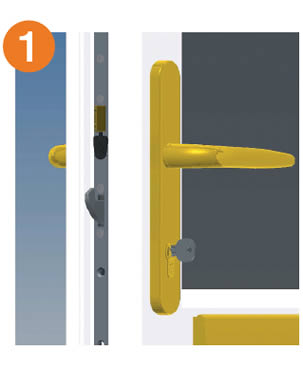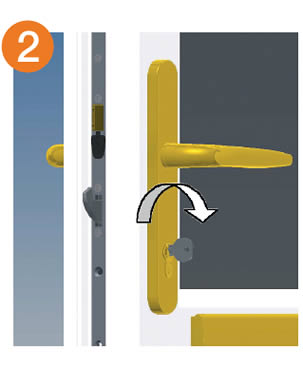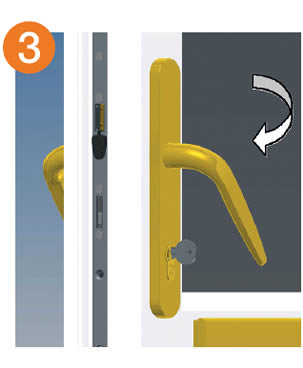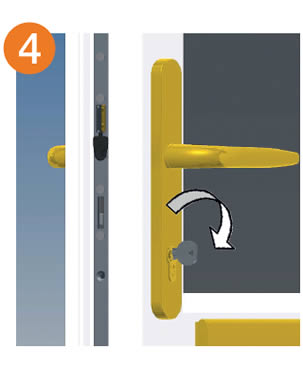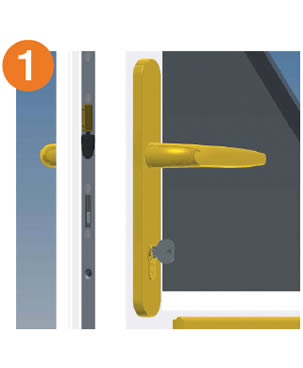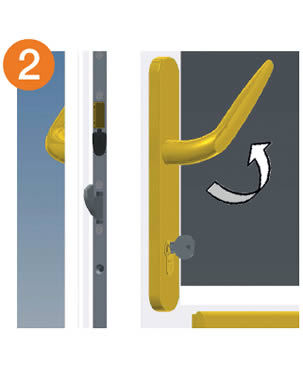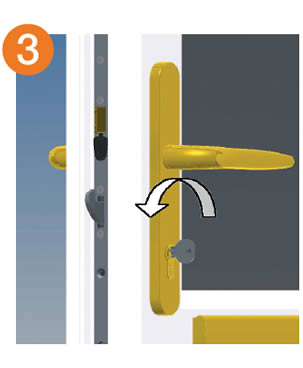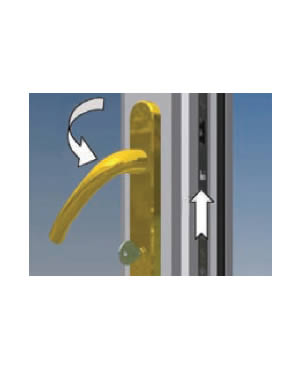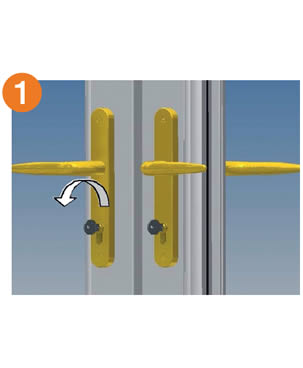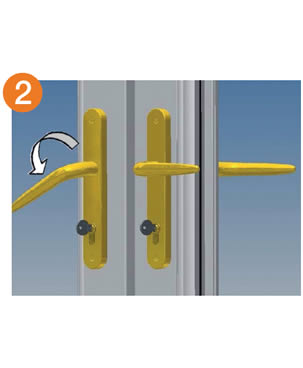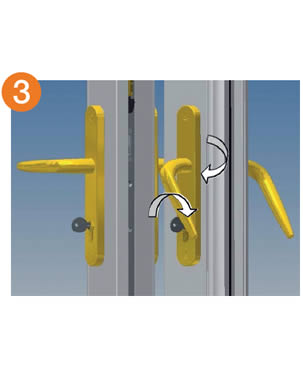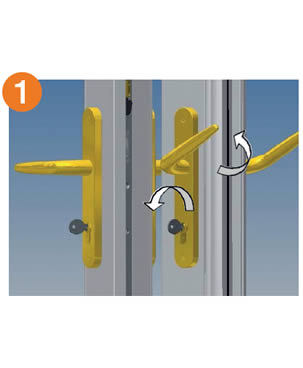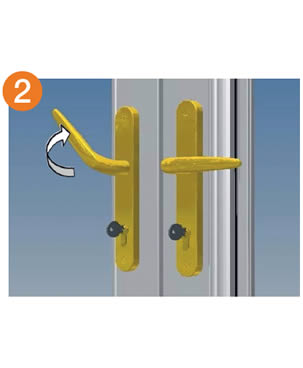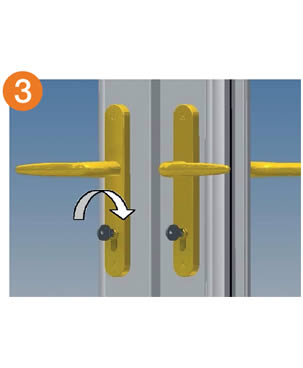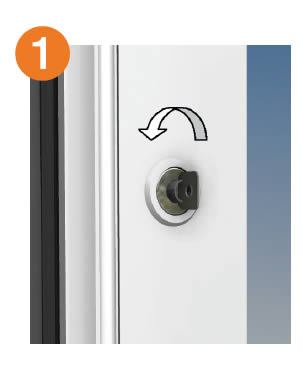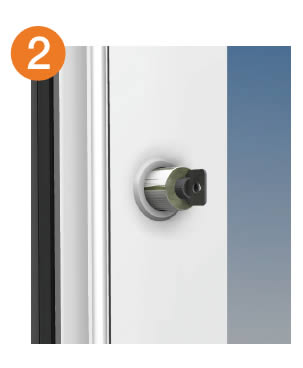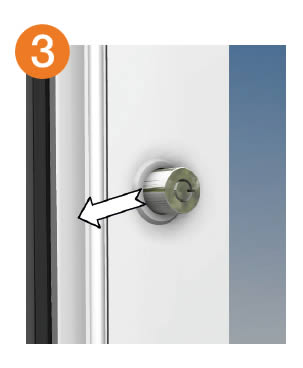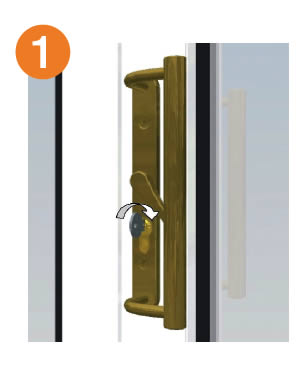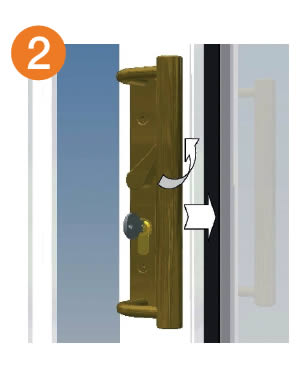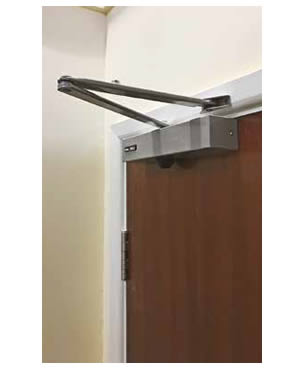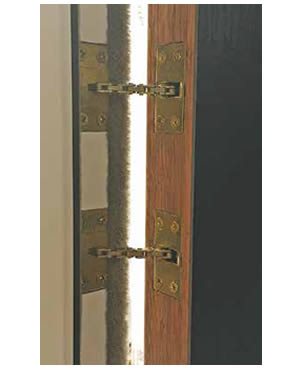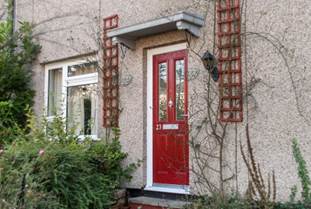
Opening and closing doors
Note: Some locks have a handle type that means to open the door from the outside you must always have a key. Please ensure you take the key with you otherwise you will not be able to get back in.
Note: The door must be fully locked to be secure.
Note: It is important that you never leave your key in the lock on the inside to prevent the risk of being locked out of the property.
Unless you complete step 3, your door is not fully secure.
While the snib is in use, your door is not secure.
Please make sure that whenever the door is shut, the handle is lifted up. This fully engages the multipoint locking system into the frame, and will help the door to keep its shape.
Unless step 3 is done your door is not fully secure.
Fire doors
All fire doors will have been fitted with either an overhead closer or a concealed door closer, which closes the door automatically.
Do not interfere with or remove the door closer, and make sure the door is always kept closed.
